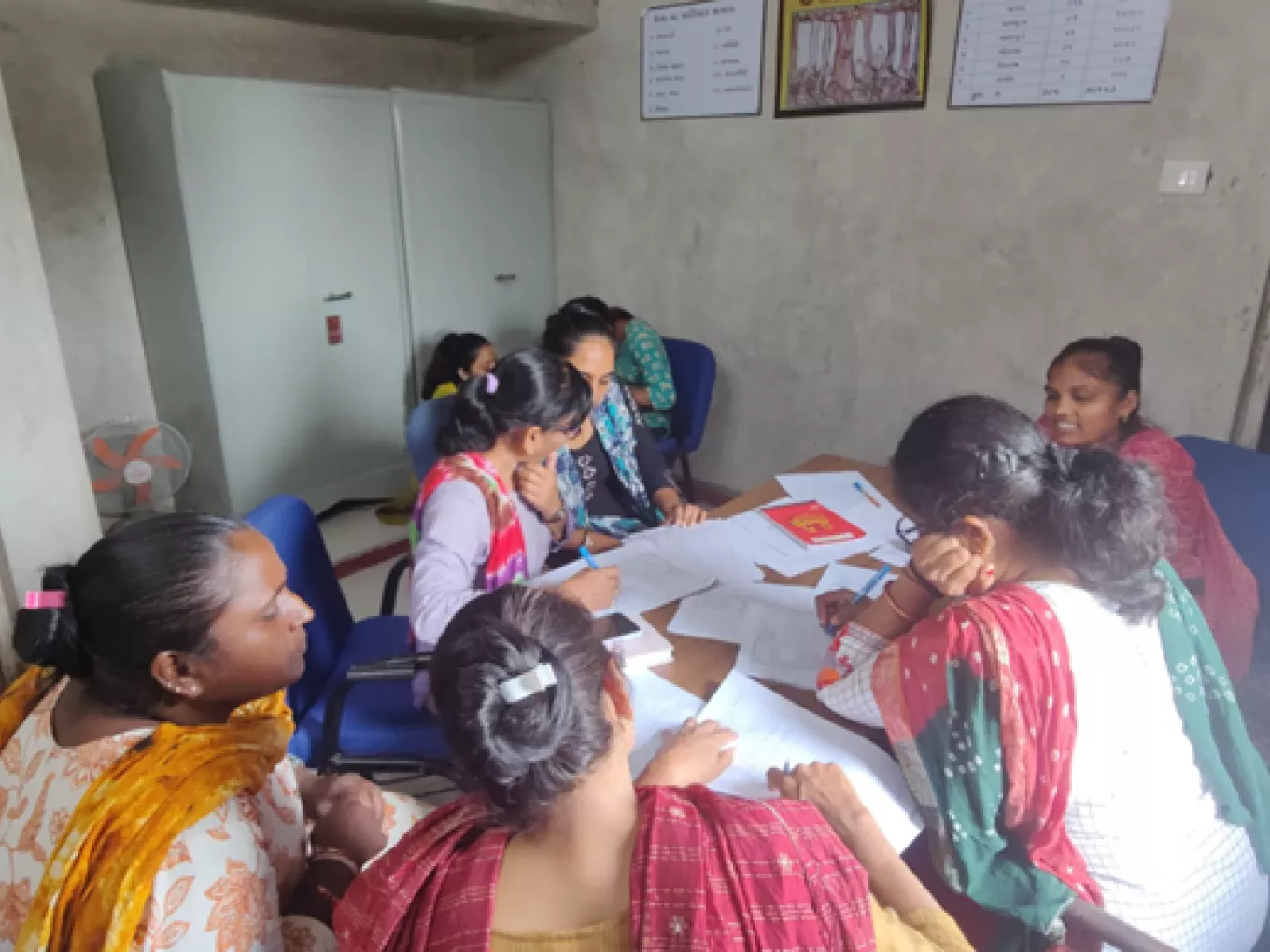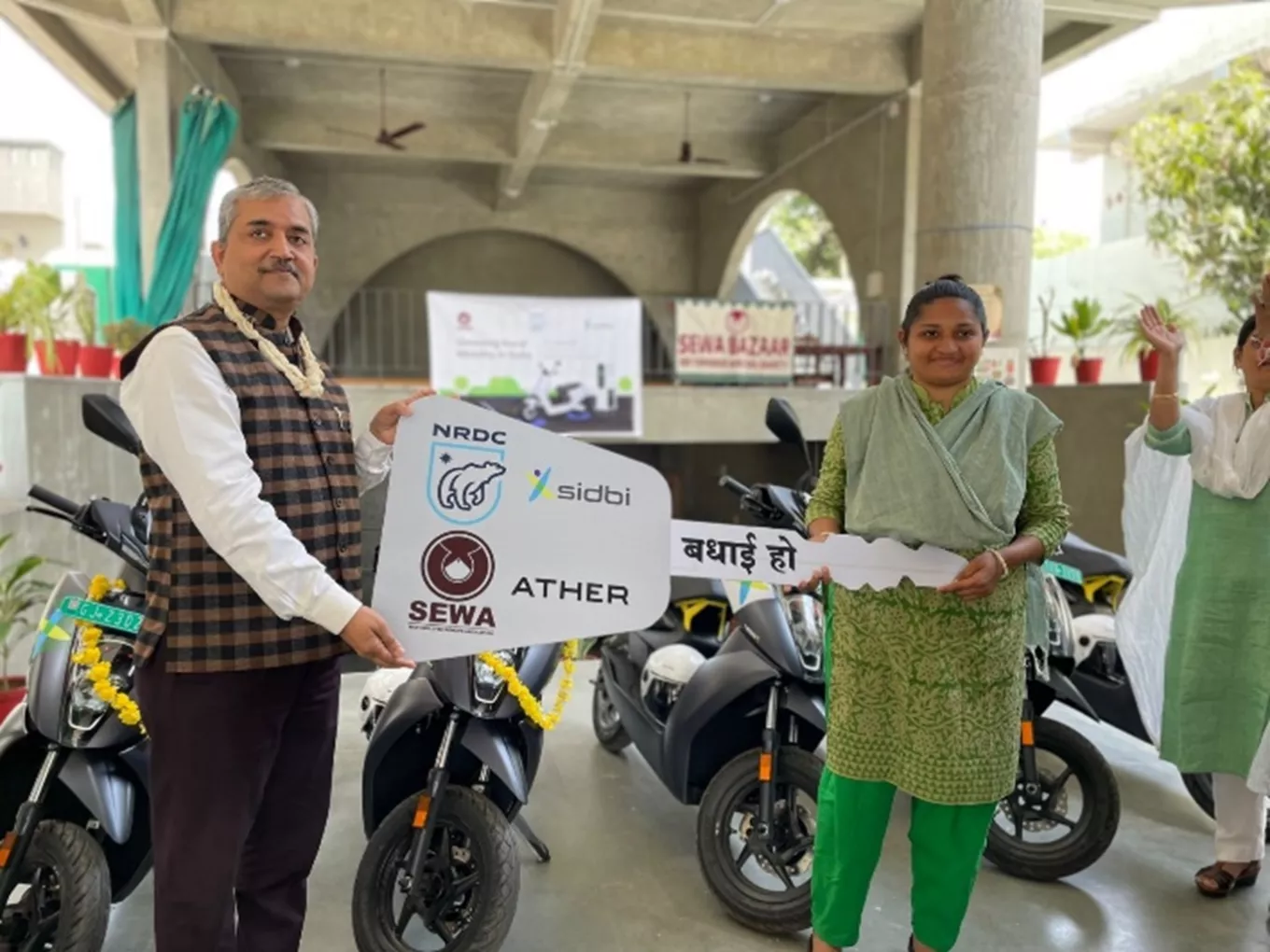Mobilizing Electric Vehicles in Rural India

Sign up for daily news updates from CleanTechnica on email. Or follow us on Google News!
This week marked a significant milestone as NRDC, in collaboration with partners Self Employed Women’s Association (SEWA) and the Small Industries Development Bank of India (SIDBI), unveiled a first-of-its-kind initiative to pilot electric vehicles in rural areas. The primary objective of this pilot is to catalyze an inclusive and equitable transition towards cleaner mobility — by weaving together the threads of climate justice, livelihoods, and women’s empowerment.

Transport infrastructure is the backbone of economic development and social well-being. In rural areas in particular, enhancing mobility holds significant potential to uplift communities dependent on agriculture, farming, and small businesses as their primary source of livelihoods. Despite the considerable energy given to rural development, empirical data reveals a lack of adequate transportation infrastructure in villages is a major hindrance to these communities realizing their full developmental potential. With about two thirds of the Indian population based in rural areas, the need for inclusive and equitable clean mobility solutions is more critical than ever.
Access to clean mobility solutions can be transformative for livelihood opportunity growth in rural India. Small farmers selling perishable produce can mitigate the risk of losing more than 30% of their post-harvest produce that they currently incur due to poor storage and transport infrastructure by utilizing clean mobility alternatives. Rural entrepreneurs, especially women, with reliable access to commercial centres can thrive. Mobility solutions for women entrepreneurs can help reduce drudgery and enhance safety. Access to vehicles can reduce the physical effort of carrying heavy loads while walking door-to-door as a salesperson or commuting to nearby market hubs. Moreover, the introduction of electric vehicles could augment electricity demand in villages. For this, rural micro-grids can be used — presenting an opportunity to utilize the existing solar assets and enhance their economic sustainability in the villages. The key is to provide mobility through electric vehicles without compromising the environmental integrity of the surroundings.

Challenges in Rural mobility: Limited Infrastructure for Seamless Commutes
In many cases, rural communities continue to face mobility challenges around accessibility, safety & affordability because of their geographical diversity, rough terrains, and lower population density.
Rural road infrastructure and services can uplift agriculture, commerce, trade, industry and provide access to education, jobs, healthcare. Yet, rural mobility, in general, receives less attention than its urban counterpart. This disparity exacerbates inequalities between India’s urban and rural areas, creating a cycle of underdevelopment and limited opportunities.
Rural Commuting Realities: A Majority in Rural India Either Walks or Rides on Two Wheels
The most common current mobility solutions in rural India include walking and the use of highly polluting (public or private) internal combustion engine (ICE) vehicles. For the majority of the rural population two-wheeler vehicles remain the predominant mode of motorized transport. In fiscal year 2023, the total sale of two-wheeler vehicles clocked 15.86 million units; rural areas contributed about 55% of the sales. Considering the pace at which ICE vehicles are penetrating the villages, it is important to act quickly to ensure that India’s 600,000 villages are included in the transition to clean mobility. This will also ensure that villages do not become dumping grounds for old polluting vehicles that are discarded from urban spaces.
Initiating Change through Rural E-Mobility Demonstration Pilots
In navigating the transition to electric vehicles in rural India, identifying the most suitable mobility solution and form factor is key. This necessitates a meticulous evaluation encompassing technical and financial considerations. For this pilot, NRDC and SEWA developed a framework involving assessment of mobility needs, understanding travel patterns, analysing payload capacity for transporting goods, ensuring access to electricity, and gauging the willingness to shift to EVs.

To facilitate this transition, we developed a detailed financial model, aiming to identify potential viability gap funding needed to bridge the price differential between electric and ICE vehicles. The financial model, inclusive of sensitivity analysis, played a pivotal role in assessing the feasibility of EV adoption in rural areas, ultimately shaping the transactions. Further careful consideration in choosing the original equipment manufacturer and vehicle was paramount, as this represented the initial introduction of EV technology to SEWA sisters and their first-hand experience will significantly influence its future adoption.
The identification of early adopters was a crucial step in this process, with criteria including a lack of vehicle ownership, access to clean energy for EV charging, regular long-distance travel, and a commitment to utilizing the vehicle for livelihood improvement. We also assessed financial parameters, with respect to willingness to pay by the beneficiaries as well financing support available both in terms of loan and grants. These strategic steps lay the foundation for a thoughtful and effective transition to electric mobility in rural India. Monitoring these financial and non-financial parameters will determine the impact of this pilot on lives and livelihoods of the EV owners.
Against this backdrop, we initiated the first pilot wherein ten electric Ather two-wheelers were delivered to SEWA sisters residing in the Anand District of Gujarat and the Dungarpur District of Rajasthan.
Navigating the Road Ahead: A Collaborative Vision for Inclusive Clean Mobility in Rural India
The journey toward cleaner and more inclusive mobility has already commenced, and the pilot launch is a resounding testament to our collective commitment to instigate positive change in rural landscapes. Beyond instilling confidence in nascent technologies, this initiative could potentially yield invaluable insights for policymakers, offering a roadmap of essential policy levers and business models crucial for supporting the seamless transition to clean mobility in rural areas.

Looking ahead, the collaborative efforts between NRDC, SEWA, and SIDBI stand as a beacon of hope, illuminating the path for an inclusive and equitable clean mobility transition in rural India. The ongoing collaboration symbolizes the first steps towards a greener, more accessible tomorrow. This sets the stage for a transformative shift in the mobility paradigm in rural India and potentially beyond, all while enabling better livelihood opportunities and fostering a pathway for clean and green economic growth.
Guest blog by Akanksha Golchha and Nitish Arora of NRDC India. Originally published on NRDC Expert blog by Sameer Kwatra.
Have a tip for CleanTechnica? Want to advertise? Want to suggest a guest for our CleanTech Talk podcast? Contact us here.
Latest CleanTechnica TV Video
I don’t like paywalls. You don’t like paywalls. Who likes paywalls? Here at CleanTechnica, we implemented a limited paywall for a while, but it always felt wrong — and it was always tough to decide what we should put behind there. In theory, your most exclusive and best content goes behind a paywall. But then fewer people read it!! So, we’ve decided to completely nix paywalls here at CleanTechnica. But…
Thank you!
CleanTechnica uses affiliate links. See our policy here.
This post has been syndicated from a third-party source. View the original article here.




